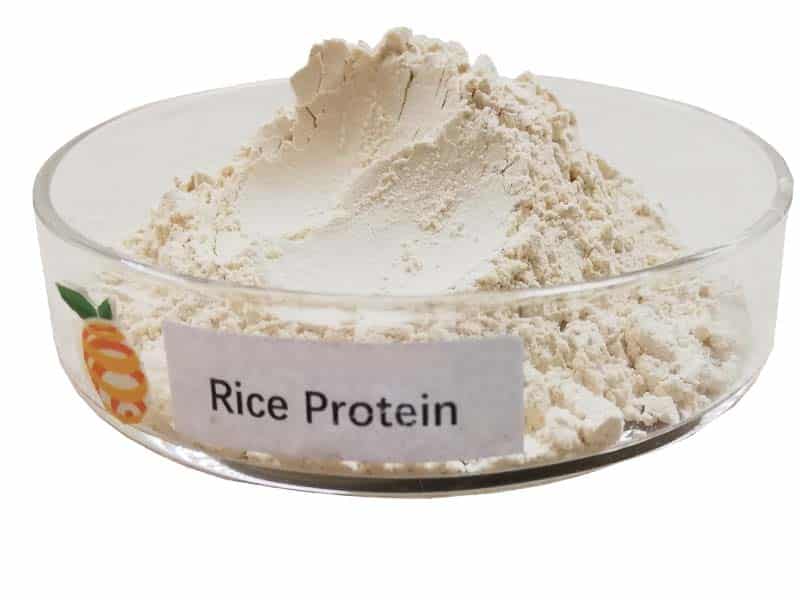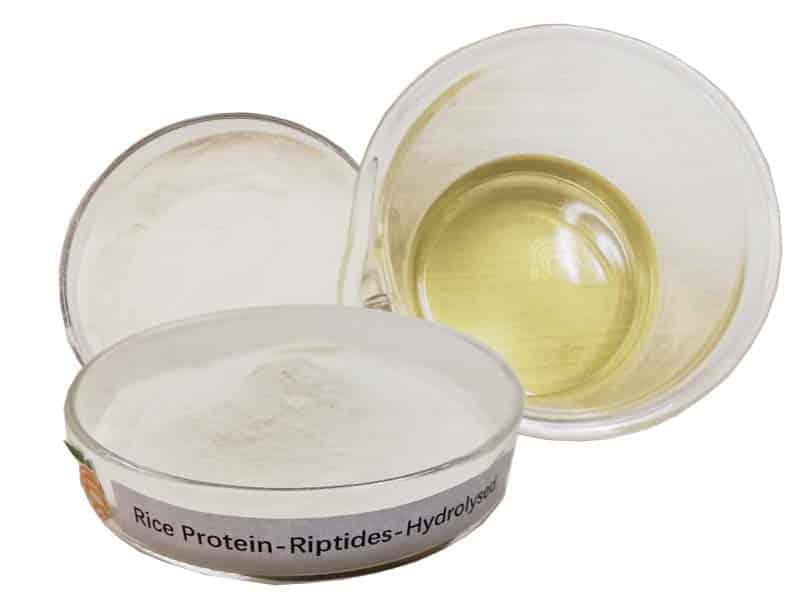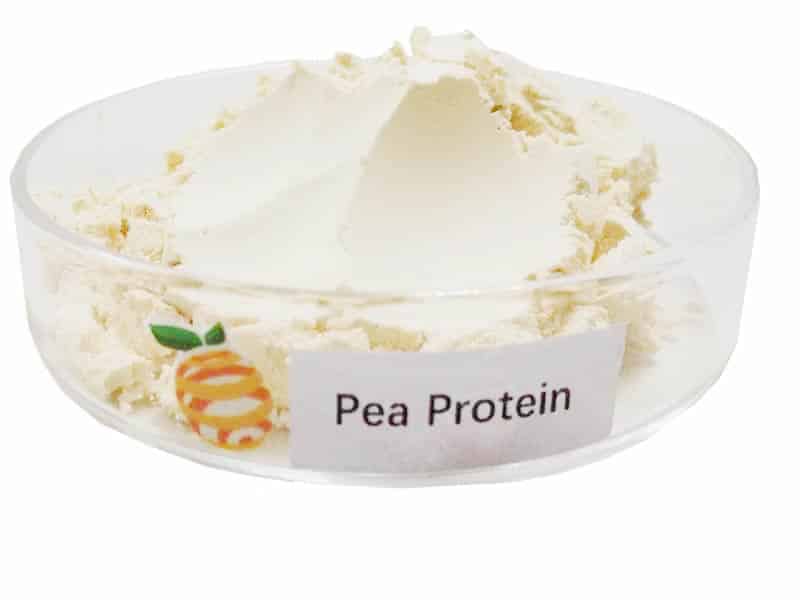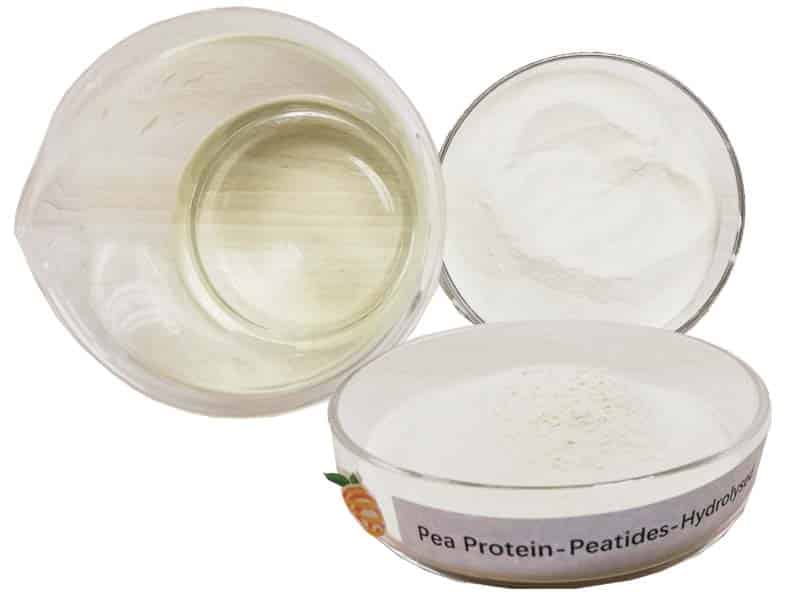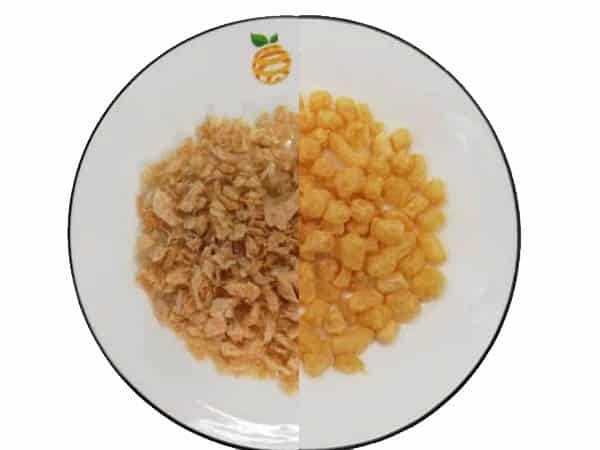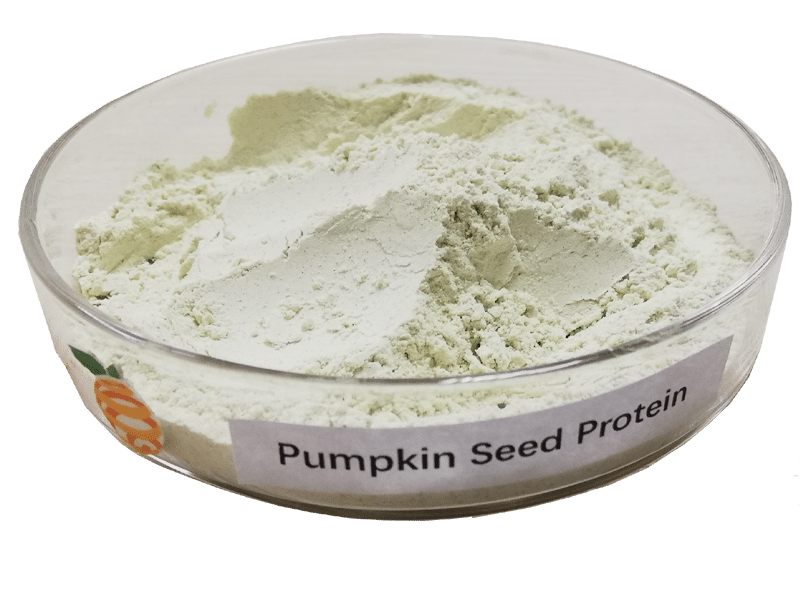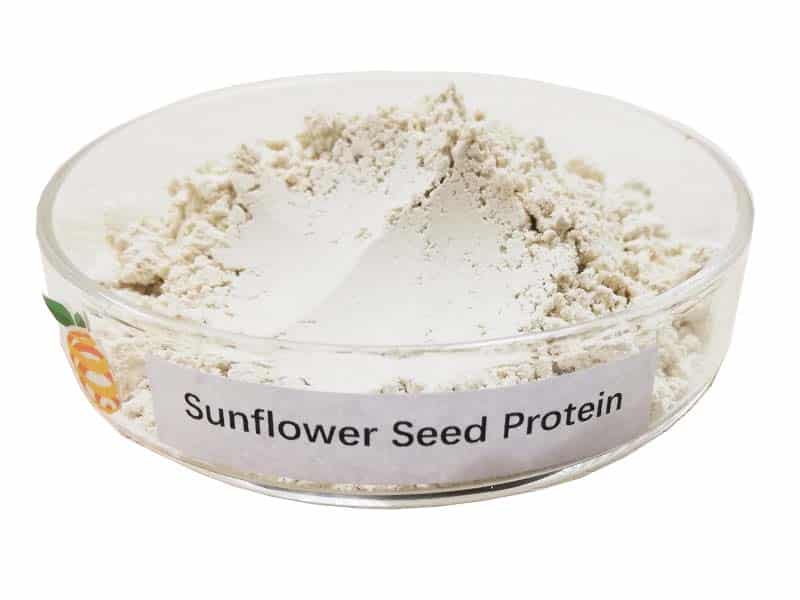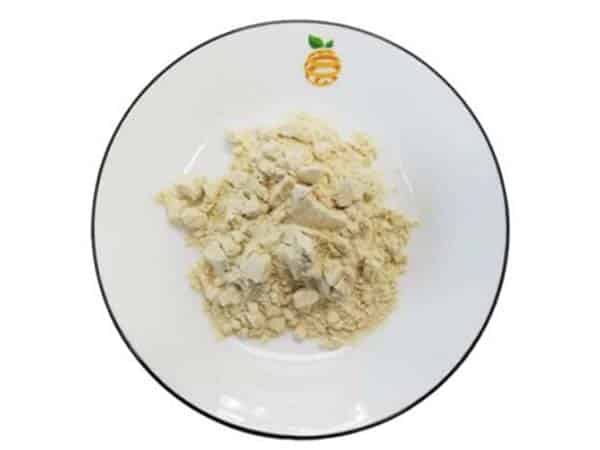Does NAD+ or NADH Have More Energy?
-
Table of Contents
NAD+ vs. NADH: Which Has More Energy?
In the quest to understand cellular energy dynamics, the molecules NAD+ (nicotinamide adenine dinucleotide in its oxidized form) and NADH (the reduced form of NAD+) play pivotal roles. These coenzymes are crucial in the biochemical processes that convert food into energy. A common question that arises in discussions about cellular metabolism is: “Does NAD+ or NADH have more energy?” This article delves into the science behind these molecules to provide a clear and comprehensive answer.
Understanding NAD+ and NADH
NAD+ and NADH are involved in redox reactions, a type of chemical reaction where electrons are transferred between molecules. These reactions are fundamental for the production of ATP (adenosine triphosphate), the cell’s main energy currency. The difference in the energy content of NAD+ and NADH lies in their ability to donate or accept electrons during these reactions.
- NAD+ – It is the oxidized form of NAD and is crucial in accepting electrons. When NAD+ gains electrons (and a hydrogen ion), it becomes NADH.
- NADH – This is the reduced form of NAD. It holds electrons and can donate them to other molecules, which is a key step in the production of ATP.
Chemical Properties and Energy Content
The energy content of a molecule can generally be inferred from its ability to perform work, such as transferring electrons in metabolic processes. NADH, by virtue of its role as an electron donor in the electron transport chain, is often considered to be the more “energetic” of the two, at least in the context of cellular respiration.
- Electron Transport Chain (ETC) – NADH donates the electrons it carries to the ETC, a series of protein complexes and electron carriers located in the mitochondrial membrane. This donation is the first step in a chain of reactions that ultimately leads to the production of ATP.
- Role of NAD+ – Conversely, NAD+ acts as an electron acceptor in metabolic pathways such as glycolysis and the Krebs cycle. It is essential for keeping these processes running by accepting electrons and becoming reduced to NADH.
Energy Production and Cellular Health
The balance between NAD+ and NADH is vital for maintaining cellular health and efficient energy production. This balance is also indicative of a cell’s metabolic state:
- High NAD+/NADH Ratio – Typically associated with better overall health, a higher ratio indicates a greater capacity for energy production and an efficient metabolism.
- Low NAD+/NADH Ratio – A lower ratio can indicate metabolic stress or dysfunction, often seen in conditions like diabetes and heart disease.
Therapeutic Implications
Understanding the roles and energy content of NAD+ and NADH has significant implications for therapies aimed at improving cellular metabolism and treating related disorders. Increasing NAD+ levels, for instance, has been linked to potential benefits in age-related diseases, neurodegenerative disorders, and metabolic conditions.
- Anti-aging and Longevity – Supplements designed to boost NAD+ levels are being studied for their potential to delay aging and improve metabolic health.
- Disease Treatment – Modulating the NAD+/NADH ratio through dietary and pharmacological means is a promising area of research for the treatment of metabolic and degenerative diseases.
Conclusion
In conclusion, while NADH may seem to have more “energy” due to its role as an electron donor in ATP production, NAD+ is equally crucial for sustaining essential metabolic processes. Both molecules are vital, and their interconversion is a key aspect of cellular energy metabolism. The therapeutic manipulation of their levels holds great promise for enhancing health and treating various diseases.
Explore ETprotein’s High-Quality Protein Products
If you’re interested in optimizing your health and nutritional intake, consider exploring ETprotein’s range of high-quality protein products. Their extensive selection includes organic and allergen-free options, perfect for supporting a healthy lifestyle and enhancing your dietary regimen.
ETprotein is NADH Factory Manufacturer and Supplier in China, Check further information by visiting the NADH Product Page
Request Quotation and Samples of NADH from ETprotein
About ETprotein
ETprotein, a reputable protein and elite nutrition ingredients NADH Chinese factory manufacturer and supplier, is renowned for producing, stocking, exporting, and delivering the highest quality organic bulk vegan proteins and elite nutritional ingredients NADH. They include Organic rice protein, clear rice protein, pea protein, clear pea protein, watermelon seed protein, pumpkin seed protein, sunflower seed protein, mung bean protein, peanut protein. Their offerings, characterized by a neutral taste, non-GMO, allergen-free attributes, cater to a diverse range of industries. They serve nutraceutical, pharmaceutical, cosmeceutical, veterinary, as well as food and beverage finished product distributors, traders, and manufacturers across Europe, USA, Canada, Australia, Thailand, Japan, Korea, Brazil, and Chile, among others.
ETprotein specialization includes exporting and delivering tailor-made protein powder and finished nutritional supplements. Their extensive product range covers sectors like Food and Beverage, Sports Nutrition, Weight Management, Dietary Supplements, Health and Wellness Products, and Infant Formula, ensuring comprehensive solutions to meet all your protein needs.
As a trusted company by leading global food and beverage brands and Fortune 500 companies, ETprotein reinforces China’s reputation in the global arena. For more information or to sample their products, please contact them and email sales(at)ETprotein.com today.

